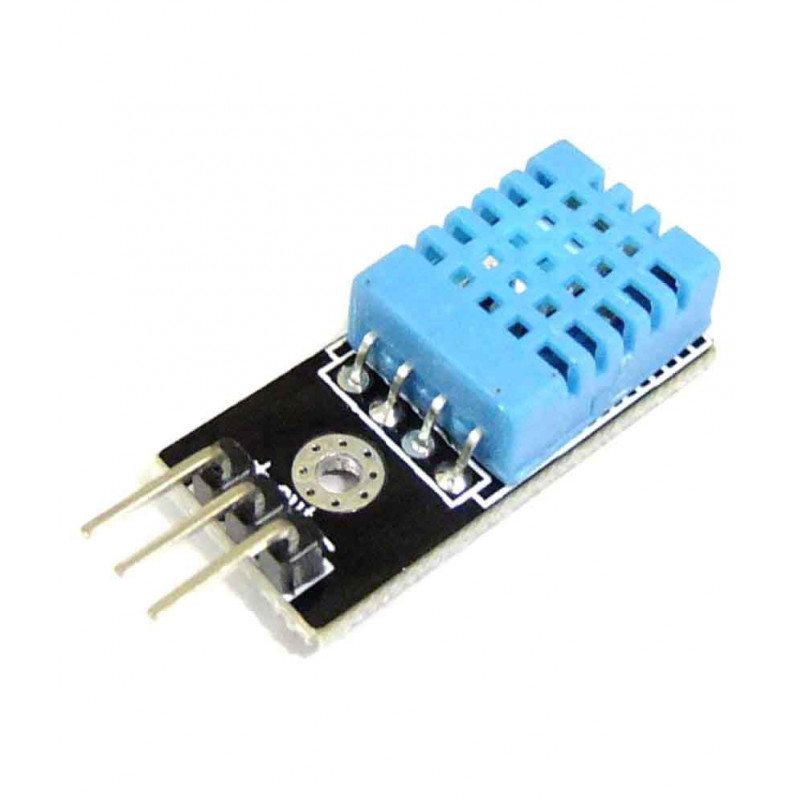L2.7 – Learn the working of Temperature & Humidity Sensor
What do you understand by the term Temperature & Humidity?
![]()
Temperature is a measure of how hot or cold something is. For example, you might say that it’s 30°C outside, or that your room is at 20°C. We use a thermometer to measure temperature.
Humidity is a measure of how much moisture, or water, is in the air. For example, you might say that it’s very humid today, or that it’s not very humid today. We use a device called a hygrometer to measure humidity.
Temperature and humidity are important to understand because they can affect our comfort, health, and environment. For example, if it’s very hot and humid, we might feel uncomfortable and sweat more. If it’s very dry, our skin might feel dry and itchy. By understanding temperature and humidity, we can take steps to keep ourselves and the environment healthy and comfortable.


Read the answer below.
A temperature and humidity sensor is a device that measures the temperature and humidity in the air. Just like how you might use a thermometer to measure your body temperature, a temperature and humidity sensor measures the temperature and humidity in the environment.
For example, farmers might use a temperature and humidity sensor to monitor the conditions in their greenhouse, so they can make sure their plants are growing in the right conditions. Or, you might use a temperature and humidity sensor in your bedroom to see if the air is comfortable enough to sleep in.
The sensor works by measuring the heat and moisture in the air and sending the data to a computer or display screen. This way, you can see the temperature and humidity readings at any time, and make changes if necessary to keep the environment at the right temperature and humidity level.

Read the answer below.
Sensor-based agriculture is becoming increasingly popular in India as a way to modernize and improve the efficiency of the agriculture industry. The use of sensors in agriculture can help farmers optimize crop production, monitor soil moisture levels, track weather patterns, and monitor the health of their crops.
- Optimal growing conditions: By monitoring temperature and humidity on a farm, farmers can make sure that the conditions are right for their crops to grow. They can adjust the temperature and humidity to create an environment that is perfect for each type of plant they grow.
- Prevent plant diseases: High humidity levels can lead to plant diseases, so by monitoring the humidity levels, farmers can make sure their plants stay healthy.
- Pest control: Certain pests thrive in specific temperature and humidity conditions, so by monitoring the temperature and humidity, farmers can help control pests and protect their crops.
- Energy savings: By keeping the temperature and humidity at the right levels, farmers can save energy on heating and cooling systems. This can help reduce their energy costs and also help reduce their carbon footprint.
- Better crop yields: When the temperature and humidity levels are right, crops grow faster and produce higher yields. This can help farmers increase their profits and make their farms more successful.



![]()
